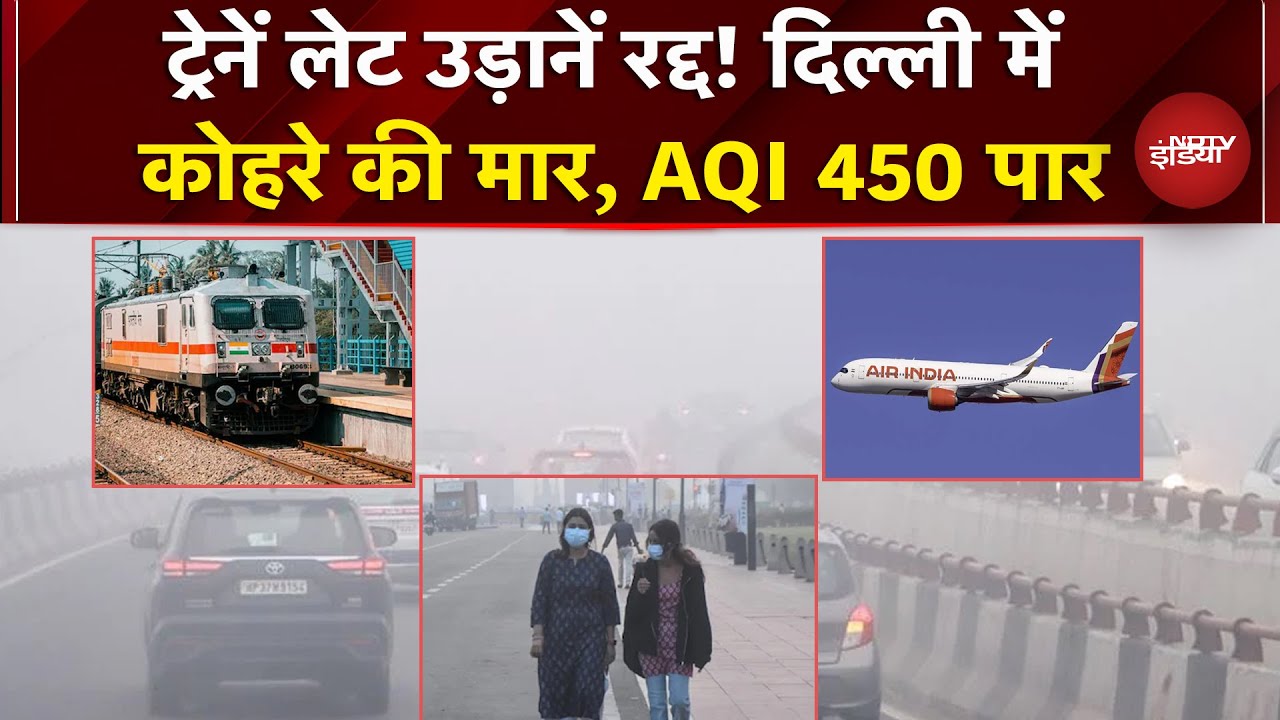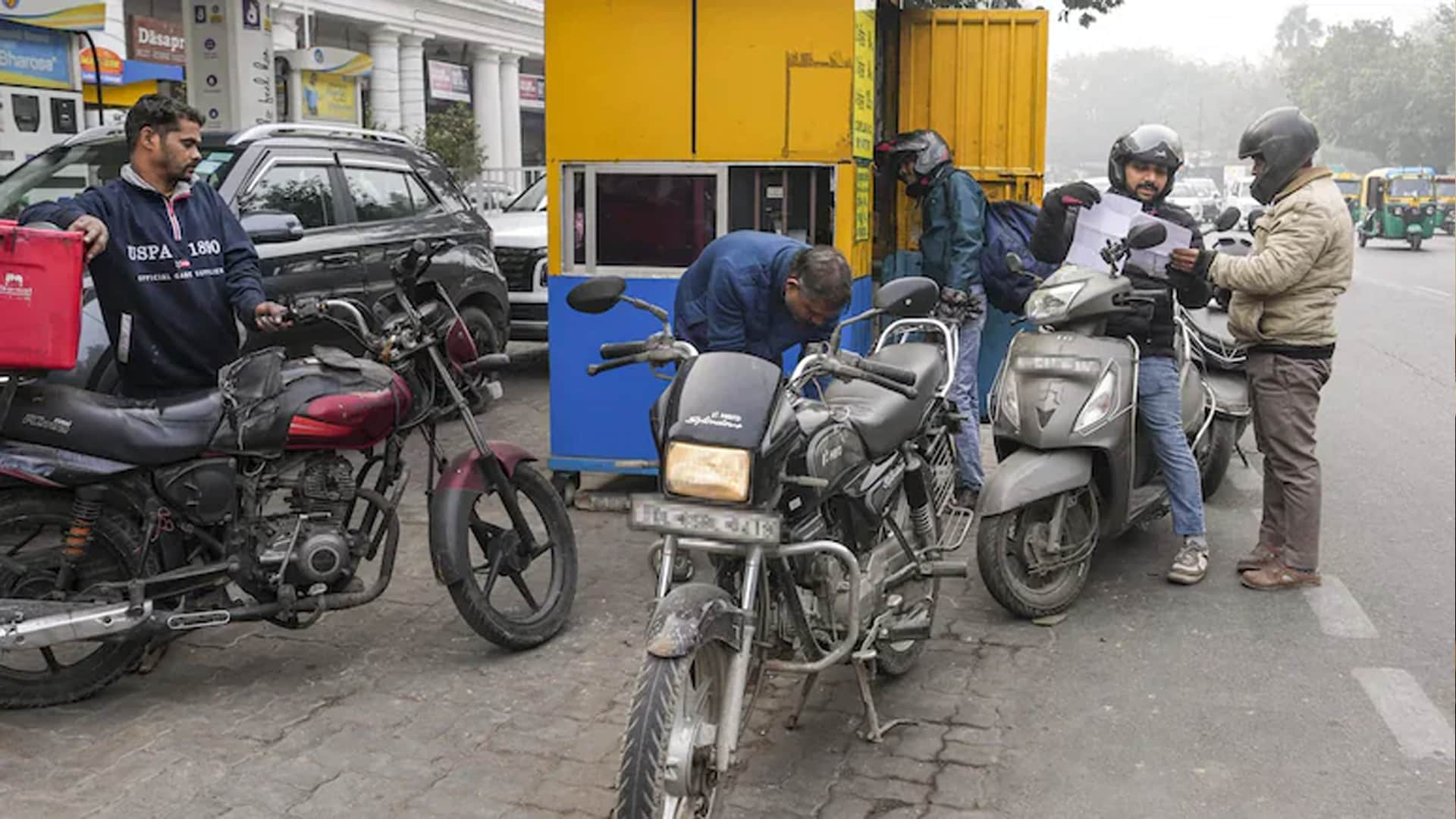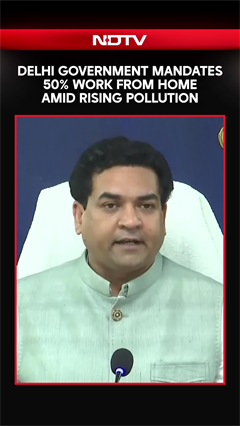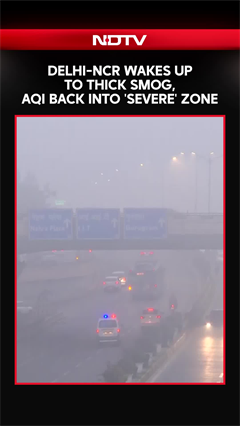- Home/
- Study Finds Air Pollution Top Risk Factor For Brain Stroke
Study Finds Air Pollution Top Risk Factor For Brain Stroke
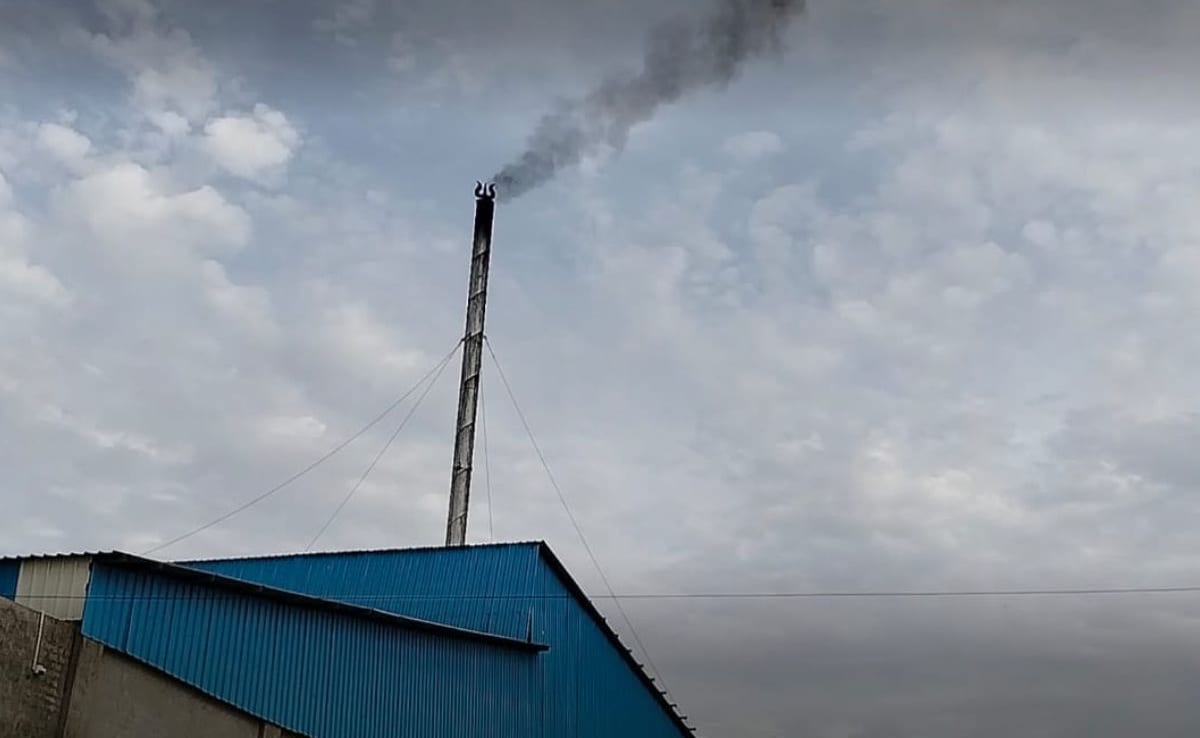
For the first time, a study on Thursday showed that ambient particulate matter air pollution is a top risk factor for subarachnoid haemorrhage -- a type of brain stroke -- at par with smoking. The study, led by an international team of researchers from India, the US, New Zealand, Brazil, and UAE showed that air pollution contributed to 14 per cent of the death and disability caused by this serious stroke subtype.
The study showed that coupled with air pollution, high temperatures as well as metabolic disorders, fuelled a significant rise in global cases and deaths due to stroke in the last three decades.
The number of people worldwide having a new stroke rose to 11.9 million in 2021 -- up by 70 per cent since 1990. Stroke-related deaths rose to 7.3 million -- up by 44 per cent since 1990.
The study identified 23 modifiable risk factors responsible for 84 per cent of the stroke burden in 2021.
In 2021, the five leading global risk factors for stroke were high systolic blood pressure, particulate matter air pollution, smoking, high LDL cholesterol, and household air pollution, with considerable variation by age, sex, and location.
It also showed substantial progress made in reducing the global stroke burden by reducing particulate matter air pollution (20 per cent), and smoking (13 per cent).
"With 84 per cent of the stroke burden linked to 23 modifiable risk factors there are tremendous opportunities to alter the trajectory of stroke risk for the next generation. Given that ambient air pollution is reciprocally linked with ambient temperature and climate change, the importance of urgent climate actions and measures to reduce air pollution cannot be overestimated," said co-author Dr Catherine O. Johnson, Lead Research Scientist at the University of Washington's Institute for Health Metrics and Evaluation (IHME).
While stroke is now the third leading cause of death worldwide (after ischaemic heart disease and Covid-19), the condition is highly preventable and treatable.
The researchers called for identifying sustainable ways to work with communities to take action to prevent and control modifiable risk factors such as high blood sugar and a diet high in sugar-sweetened drinks. There is a critical need for interventions focused on obesity and metabolic syndromes, Johnson said.
They also called for measures such as clean air zones and public smoking bans, which have been successful.
The findings based on the Global Burden of Disease, Injuries, and Risk Factors Study (GBD) showed that more than three-quarters of those affected by strokes live in low- and middle-income countries (LMICs).
The study also found that worldwide, the overall amount of disability, illness, and early death -- a measurement known as disability-adjusted life years (DALYs) -- lost to stroke increased by 32 per cent between 1990 and 2021, rising from around 121.4 million years of healthy life lost in 1990 to 160.5 million years in 2021.
(Except for the headline, this story has not been edited by NDTV staff and is published from a syndicated feed.)
also read
As Delhi Chokes, MPs Scrap Air Crisis Debate Over Bad 'Atmosphere': Sources
Written by Chandrashekar Srinivasan3,746 Challaned, 61,000 PUCs Issued On Day 1 Of 'No PUC, No Fuel' In Delhi
Reported by Ishika VermaConstruction, Traffic, Forest Fires: What's Driving AQI Spike In Uttarakhand
Reported by Kishor Rawat, Edited by Srishti Kapoor
Latest Stories
- Written by Chandrashekar Srinivasan | Friday December 19, 2025 , New Delhi
India's lawmakers were supposed to discuss the horrid blanket of toxic air smothering the national capital region sometime during Parliament's winter session, which wrapped up Friday. But they could not find the time.
- Friday December 19, 2025
After the fourth T20I between India and South Africa in Lucknow was abandoned due to 'excessive fog', concerns regarding Air Quality Index (AQI) has been raised ahead of the fifth T20I in Ahmedabad.
- Reported by Ishika Verma | Thursday December 18, 2025 , New Delhi
Delhi's 'No PUC, No Fuel' directive came into force across the national capital on Thursday amid claims of strict enforcement
- Reported by Kishor Rawat, Edited by Srishti Kapoor | Thursday December 18, 2025 , Dehradun
The air quality in many cities of Uttarakhand, often seen as a refuge by those looking to briefly escape the poor to severe AQI in Delhi-NCR and surrounding regions, has seen a dip in the past week.
- Press Trust of India | Friday December 19, 2025 , New Delhi
Delhi Air Pollution, No PUC No Fuel: Delhi Traffic Police and Transport Department challans 3,746 vehicles and turns back 568 non-compliant entries in 24 hours, enforcing pollution norms strictly.
................................ Advertisement ................................
Latest Videos
Opinion
Blog | Well Done, Delhi. You've Turned Lung Sacrifice Into A Badge Of HonourSaikat Kumar Bose
Monday November 10, 2025Till some years back, Delhiites would ask angry questions to those in power about the capitals annual tryst with toxic air. This has changed. Those in the driving seat dont see the need to answer now.
Opinion | Why Indians Have Just Given Up On Air Pollution CrisisTanushree Ganguly
Friday December 20, 2024While some may argue that people in Delhi are now more aware of air pollution than they were a decade back, my rebuttal would be that awareness does not mean that people are concerned.
Opinion | You Must Outrage Over Filthy Air More Than Once A YearJyoti Pande Lavakare
Tuesday December 10, 2024Delhi welcomed us with monsoon rains and mangos. We were home. Fast forward a couple of years, in the winter of 2012, I found myself in denial about something other parents, mostly expats, were calling toxic air.
Opinion | Delhi's Air Pollution Situation Is Like A Bad MarriageNishtha Gautam
Friday November 22, 2024On a good day, such as today, the AQI reading in Delhi is 407. We are jubilant at the sickly sunshine trickling through the slightly dissipated smog. At least its not 1600.
दिवाली... पराली... सियासी जुगाली!Ashwini kumar
Monday November 18, 2024दिल्ली-एनसीआर में प्रदूषण का समाधान तो आज तक मिला नहीं. हर साल चिंतित होकर हम-आप सांसों की तकलीफ के साथ-साथ दिल और ब्लड प्रेशर के मरीज भी क्यों बनें?









